Jewish schools | JUNE 5
For many Jewish children, going to public school turned into hell under the Nazis. Just getting there could mean running a gauntlet of anti-Jewish slights. At school, exclusion by fellow students and teachers was the rule. In order to spare their children this ordeal, parents who could afford it sent their children to Jewish schools. Before 1933, most assimilated German Jews attended public schools. However, in the hostile climate of the Nazi regime attendance at Jewish schools grew. Dr. Elieser L. Ehrmann, a pedagogue and employee of the school department of the Reich Representation of Jews in Germany had developed curricula for teachers at Jewish schools which aimed to deepen the knowledge of Jewish holidays and the customs accompanying them and thus instill a positive Jewish identity. The excerpt shown here is from Ehrmann’s “Curriculum for the Omer and Shavuot [Feast of Weeks],” published in 1938 by the Reich Representation of Jews in Germany. That year, the first day of Shavuot fell on June 5.
Lifesaver | JUNE 4
Close to 50 years before issuing an affidavit of support for his nephew, Karl Grosser, in Vienna, Frank W. Fenner had himself immigrated to the United States from Europe. A restaurant and confectionery owner in Mendon, Michigan, he pledged to support his young relative until the 26-year-old became financially independent. Finding a sponsor was a key prerequisite for obtaining an immigration visa that was often hard to fulfill. The visa process began by registering with the nearest US consulate, at which point a number on the waiting list was assigned. The length of the list depended on the number of Jews from a given country allowed to enter the US according to the quota system that had been in place since 1924. Despite the severe refugee crisis, quotas were not raised in 1938. During the waiting period, applicants had to procure all the required documents as well as certified copies. Prospective immigrants were lucky if their documents were still valid when their numbers came up.
Left in the dark | JUNE 3
Nobody saw fit to inform the worried wives of thousands of Jewish men arrested by the Nazis about their spouses’ whereabouts and the expected period of imprisonment. Many of them decided to go to the Rossauer Lände detention facility and the central police station in order to get information on the whereabouts of their loved ones. According to this June 3 report from the Jewish Telegraphic Agency, the detainees had been taken away in overcrowded railroad cars, many of them forced to remain in uncomfortable positions for up to five hours before departure. While there were intimations that those sent to the Dachau concentration camp in Germany would be exploited as construction workers in order to enlarge the camp and subsequently be released, many had no idea where their husbands were. The author of the report sees the “extraordinary callousness with which police have withheld information” as “one of the most terrifying aspects of the situation.”
No Jews allowed | JUNE 2
In 19th century, the Central Association of German Citizens of Jewish Faith began to publish lists of spas and hotels at which Jewish guests were not welcome. Some resorts even advertised themselves as judenfrei (“free of Jews”). After World War I, the phenomenon known as Bäder-Antisemitismus (“spa antisemitism”) increased, and with the Nazi rise to power in 1933, it became official policy. By 1935, Jews had been effectively banned from the Northern German bathing resorts, and from spas in the interior of the country by 1937. It was not until the Anschluss in March 1938 that Jews were pushed out of Austrian spas as well. Bad Ischl and other locations in the Salzkammergut region were particularly popular with Jews, to the point that in 1922, the Austrian-Jewish writer Hugo Bettauer quipped that “it caused a stir when people suspected of being Aryans showed up.” In a notice from June 2, The Jewish Telegraphic Agency reports that at the behest of the Nazi commissioner in charge, Jews were to be “segregated in Jewish hotels and pensions” and were no longer permitted to attend cultural events in Bad Ischl.
Gestapo in the house | JUNE 1
Her paintings were political accusations and constituted a threat to the Nazi regime. Lea Grundig, born in 1903 as Lina Langer, was arrested with her husband, Hans, by the Dresden Gestapo on June 1, 1938, and not for the first time. The explanation given on the form was “Suspicion of subversive activity.” What was meant was her art. With picture cycles like “Under the Swastika” or “It’s the Jew’s Fault,” Grundig, who since 1933 had been barred from her profession, hauntingly documented the brutality of the persecution of Jews and communists by the Nazis. In 1935, she gave one of her paintings the portentous title, “The Gestapo in the house.”
Opening night | MAY 14
On May 14, 1938, American moviegoers lined up to see Errol Flynn in his latest swashbuckling adventure produced by Warner Brothers. Flynn’s turn as Robin Hood was especially thrilling thanks to the lush film score by an Austrian Jew whose music was no longer welcome at home. Although a citizen and resident of Austria, composer and conductor Erich Wolfgang Korngold felt the effects of Nazi cultural policy soon after 1933, since he had often worked in Germany. In this climate, he did not have to think twice about Max Reinhardt’s invitation in 1934 to compose the score for his Hollywood production of “A Midsummer Night’s Dream.” Korngold’s symphonic film scores broke new ground and established the typical “Hollywood sound.” In 1937, while on an extensive visit to Vienna to complete the orchestration of his opera “Die Kathrin,” he received an invitation from Warner Brothers to compose the score for “The Adventures of Robin Hood.” This assignment spared him the turmoil of the Anschluss. He returned to the US well before March 12, 1938. This photograph shows what appears to be a recording session for the Robin Hood score. The actor in the photograph is Basil Rathbone, who played Robin Hood’s nemesis, Sir Guy of Gisbourne. Korngold won an Academy Award for his compelling score—his second after “Anthony Adverse” (1937).
Persecution in Austria, release from Dachau | APRIL 14
Little more than a month after the Nazi takeover of Austria, a cascade of new regulations and actions taken by the new regime leaves little room for optimism. The Jewish Telegraphic Agency reports for April 14 from Vienna that Jews within 50 kilometers of the Czechoslovak border are to be expelled. Nazi commissars will be put in charge of Austrian businesses at the latter’s expense. According to the JTA, in the case of hundreds of Jewish-owned businesses, this provision has already been enforced. Finally, a law has been introduced establishing new procedures for determining the racial status of illegitimate children. The one positive item in this substantial dispatch is the prospect that all Jews currently interned at the Dachau concentration camp will not only be released but will also receive permits to enter Palestine.
A taste of home | MARCH 14
After the tribulations of their forced emigration, often accompanied by a loss of status, property, and basic faith in humanity, German Jews might not have been expected to feel particularly nostalgic for their former home. This ad from the Aufbau, the New York-based German-Jewish paper published by the German-Jewish Club, shows that nevertheless, Jewish refugees from Nazi Germany were not necessarily in a hurry to give up their eating habits.
Kibbutz Giv’at Brenner | FEBRUARY 14
Kibbutz Giv’at Brenner was established in 1928 by young immigrants from Poland and Lithuania who were soon joined by a group from Germany. As in many other kibbutzim, conditions at Giv’at Brenner were initially harsh, causing some members to leave. In the 1930s, due to the absorption of new immigrants, the kibbutz grew. Over time, a thriving agriculture and various industrial enterprises, including a cannery and a factory for irrigation equipment developed. The picture presented here shows the carpentry shop of the kibbutz in 1938. A unique feature was Beit Yesha, a vegetarian convalescent home established in the mid thirties—the first of its kind in a kibbutz.
Staged normalcy | JANUARY 14
The January issue of the Berlin Kulturbund magazine conveys a sense of normalcy—local businesses advertise merchandise and services like cosmetics, women’s apparel and car repairs, while the Kulturbund schedule offers Eugene Scribe’s “The Ladies’ Battle.” The comedy must have provided a welcome respite from the worrisome situation.



































